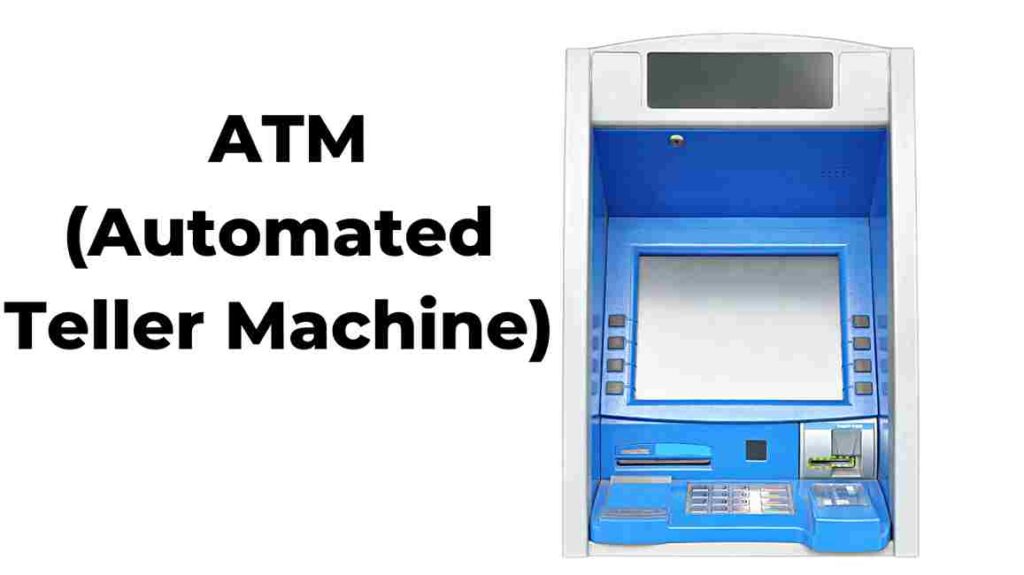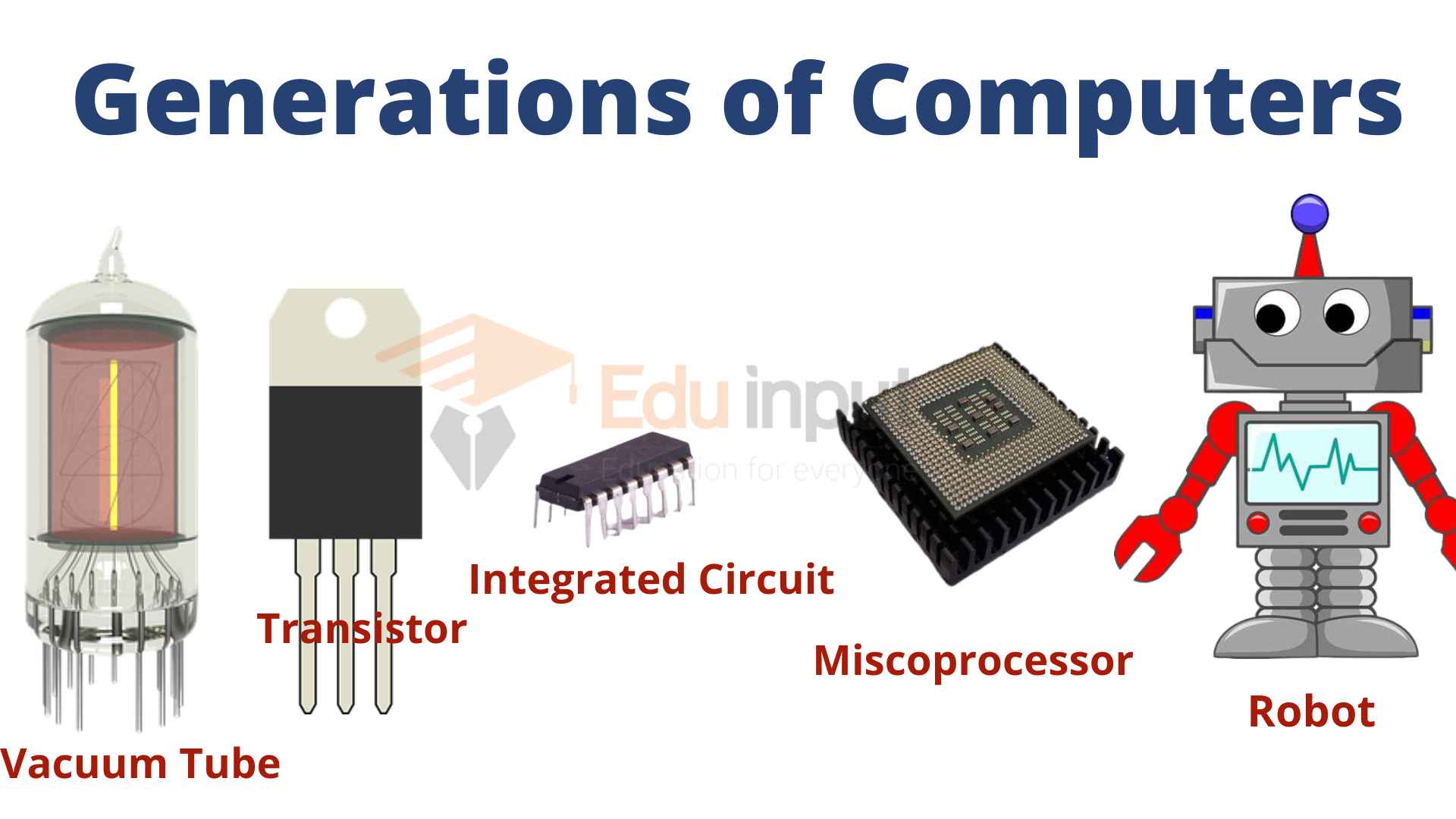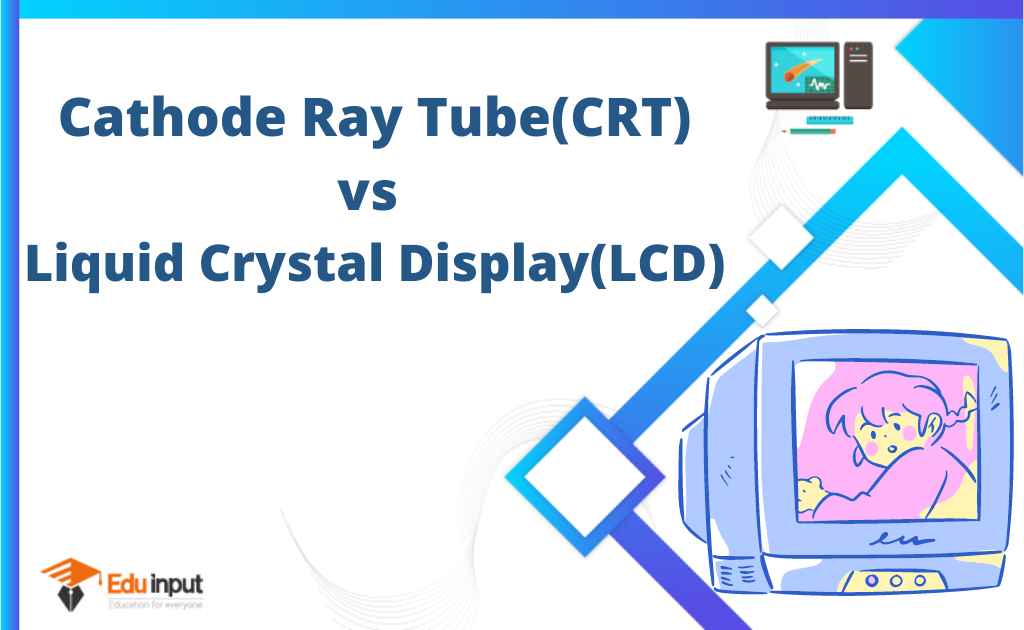20 Examples of Digital Computers
Digital computers have revolutionized various industries and made complex tasks simpler and more efficient. From smartphones to accounting machines, digital computers encompass a wide range of devices and applications.
In this article, we will explore 20 fascinating examples of digital computers that have transformed how we live, work, and interact with technology.
20 Examples of Digital Computers
Digital computers are playing an important role in our lives. Here are 20 real-life examples of digital computers, which are given below:
1. Smart Phones
Smartphones is an example of digital computer it become an indispensable part of our lives, acting as powerful pocket-sized computers. With their advanced processors, high-resolution displays, and extensive connectivity options, they offer a plethora of functionalities, such as communication, internet browsing, gaming, and much more.

2. ATM (Automated Teller Machine)
ATMs are also an example of digital computers and have revolutionized the banking industry by providing convenient self-service options for financial transactions. These machines utilize digital computing capabilities to securely process transactions, allowing users to withdraw cash, deposit funds, check balances, and perform various banking operations.

Also read: Examples of Analog computers
3. Banking and Finances
The banking sector heavily relies on digital computers to manage financial transactions, perform complex calculations, and ensure data security. From online banking platforms to sophisticated financial software, digital computers enable banks to offer seamless services while maintaining accuracy and privacy.
4. Automobiles
Modern automobiles are equipped with a multitude of digital computers, known as Engine Control Units (ECUs). These ECUs monitor and control various aspects of the vehicle’s performance, including engine operation, fuel efficiency, emission control, and safety systems. They play a crucial role in optimizing performance and enhancing the overall driving experience.

5. Self-Scan Machines
Self-scan machines, commonly found in supermarkets and retail stores, utilize digital computers to streamline the checkout process. These devices allow customers to scan and pay for their purchases independently, reducing waiting times and enhancing efficiency.

6. Home Electronic Equipment
Digital computers are integrated into a wide range of home electronic equipment, such as smart TVs, refrigerators, air conditioners, and home security systems. These devices leverage computational power to offer advanced features like internet connectivity, automation, and remote control capabilities. These digital computers have greatly influenced our daily lives.

7. Digital Televisions
Digital televisions have replaced traditional analog sets, offering improved image quality, enhanced sound, and interactive features. These TVs incorporate digital processing units to decode and display high-definition content, providing viewers with a captivating visual experience.

8. Automatic Washing Machine
Digital computers have transformed how we do laundry by powering automatic washing machines. These appliances utilize sophisticated algorithms to control washing cycles, adjust water temperature, and optimize detergent usage, resulting in efficient and convenient laundry care.

9. Weighing Machine
Digital weighing machines employ computerized sensors and processors to accurately measure weights. They find applications in various settings, including commercial establishments, health facilities, and households, ensuring precise and reliable weight measurements.

10. Digital Clock
Digital clocks have replaced traditional analog timepieces, offering precise timekeeping and additional features like alarms and timers. These clocks rely on digital circuitry to display time digitally, ensuring accuracy and ease of use.
11. Check-in Kiosk at Airport
Check-in kiosks at airports utilize digital computers to streamline the check-in process for travelers. These self-service machines enable passengers to print boarding passes, select seats, and check luggage, reducing queues and enhancing efficiency at airports.
12. Digital Camera
Digital cameras have revolutionized the world of photography, replacing traditional film-based cameras. These devices capture and store images digitally, offering instant preview, editing capabilities, and easy sharing options, transforming the way we capture memories.
13. Computer Keyboard
A staple input device, computer keyboards rely on digital technology to transmit keystrokes to computers. These devices consist of an array of switches, each representing a specific character or command. When a key is pressed, the corresponding switch is triggered, sending a digital signal to the computer, which then processes the input accordingly.
14. Proximity Switch
Proximity switches employ digital computing to detect the presence or absence of objects within a specified range. These devices find applications in various industries, such as automation, robotics, and security systems, providing reliable and efficient object detection capabilities.
15. Logic Gates
Logic gates are fundamental building blocks of digital computing systems. They perform logical operations, such as AND, OR, and NOT, using digital signals. These gates are the backbone of digital circuits, enabling complex computations and decision-making processes.
16. Calculator
Calculators, whether handheld or software-based, leverage digital computing to perform mathematical calculations. From basic arithmetic to complex scientific calculations, these devices provide accurate and efficient computation capabilities, making them indispensable tools in various fields.
17. Stopwatch
Digital stopwatches offer precise timing capabilities for sports, fitness, and scientific applications. These devices utilize digital circuitry to measure elapsed time, providing accuracy and ease of use for timing events.
18. Microprocessor and Microcontroller
Microprocessors and microcontrollers are key components of digital computing systems. Microprocessors serve as the central processing units (CPUs) of computers, while microcontrollers integrate processing, memory, and input/output capabilities into a single chip, making them ideal for embedded systems and control applications.
19. Personal Digital Assistant
Personal Digital Assistants (PDAs) are handheld devices that combine computing, communication, and organizational functionalities. These portable devices incorporate digital computing capabilities, offering features like note-taking, calendar management, contact storage, and internet connectivity, aiding productivity and information management.
20. Accounting Machines
Accounting machines have evolved from mechanical calculators to sophisticated digital computers. These machines automate financial calculations, ledger entries, and data analysis, streamlining accounting processes and improving accuracy in financial management.

 written by
written by 





Leave a Reply